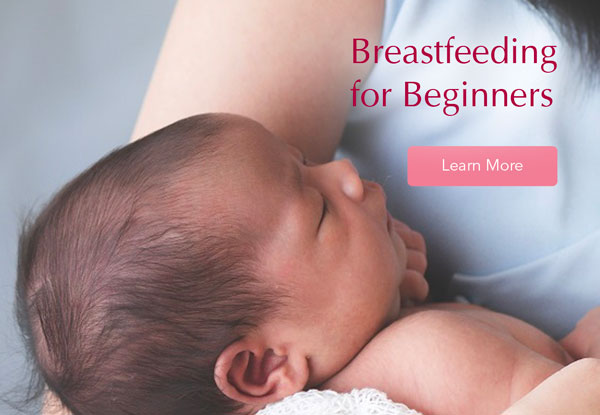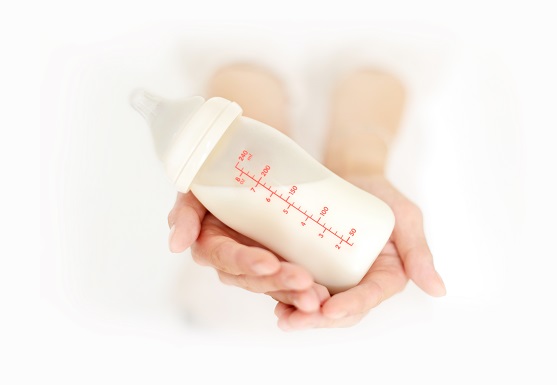Breastfeeding for Beginners

Motherhood does not come with an instruction manual, and every mother’s experience of breastfeeding is different. Below are some reassuring advice for first-time mums.
FIRST-TIME FEARS
Some first-time mothers worry that their milk supply will be insufficient, while others fear the pain associated with engorged breasts and babies’ first attempts at latching on.
While these concerns are understandable, breastfeeding does not have to be more stressful for first-time mothers than second- and third-timers. Having just one child on which to focus your efforts can actually be less stressful than having to divide your attention between a toddler and a newborn.
Learning how to manage stress and first-time nerves is important as these emotions may suppress the release of the breastfeeding hormone, oxytocin. In fact, oxytocin helps to induce a state of calm for mums.
FEED ON DEMAND
The old school regime of scheduled feeds has fallen out of favour. Since many newborns are sleepy within the first two weeks of life, mothers should wake them up for a feed every four hours or so. When all goes according to nature’s plan, pregnancy hormones prepare a mother well for breastfeeding. Typically, a woman starts producing breastmilk at around 16 weeks into her pregnancy. Hence, almost all mothers have plenty of milk readily available for their babies after delivery.
Feeding on demand with proper latching and the right expression technique, will always stimulate the breasts to produce milk. Milk-boosting products are occasionally recommended when not enough milk is being produced, but only after it has been established that the baby is latching on correctly and/or the mother is expressing correctly.
BE EMOTIONALLY PREPARED
Below is a simple guide on the ‘Correct Latching On’ for first-time mums.
• Baby’s mouth is wide open and covers a large portion of the areola
• Baby’s nose is free and their chin touches the breast
• A ‘suck, swallow and pause’ rhythm is observed
• There are no clicking sounds or drawing in of baby’s cheeks
• Breast softens while baby latches on and drains it of milk
WHEN RETURNING TO WORK
If a mother has to return to work before her baby is ready to be weaned, she should express enough milk for the feeds she will miss while she is away from her baby. Efficient electrical ‘double pumping’, of both breasts concurrently, is preferred by most working mothers.
It is very important for mums to remember to label your expressed breastmilk with dates and times. Safe storage duration varies across different temperatures.
Storage of Expressed Breastmilk
| Room Temperature (<25°C) | 4 hours | Cooler bag with Ice pack (<15°C) | 24 hours | Refrigerator (<4°C) | 48 hours | Freezer (<-18°C) | 6 months |
|---|
For those lucky mums who are able to work from home, it is recommended that feeding on demand should continue demand feeding and suggests investing in a baby carrier and nursing bib to maximise mobility and minimise mess.
WHEN TO SEEK HELP
Breastfeeding should be a beautiful, natural bonding experience that brings joy, not pain. If a mother feels pain during or after feeding, she should visit a board-certified lactation consultant.
Similarly, if repeated attempts to breastfeed are unsuccessful, the mother should seek help from a lactation consultant or breastfeeding mothers’ support group. It is important to gain the support of family members and friends, too.
If you are a first-time mum contemplating breastfeeding, fret not. Breastmilk is nature’s healthiest fast food and chances are you will be a ‘natural’.
Alvernia Parentcraft Centre
Tel: 6347 6641
Sources:
https://www.cdc.gov/breastfeeding/
recommendations/handling_breastmilk.htm
This article is taken from our My Alvernia Magazine Issue #44. Click here to read the issue on our website or on Magzter.



